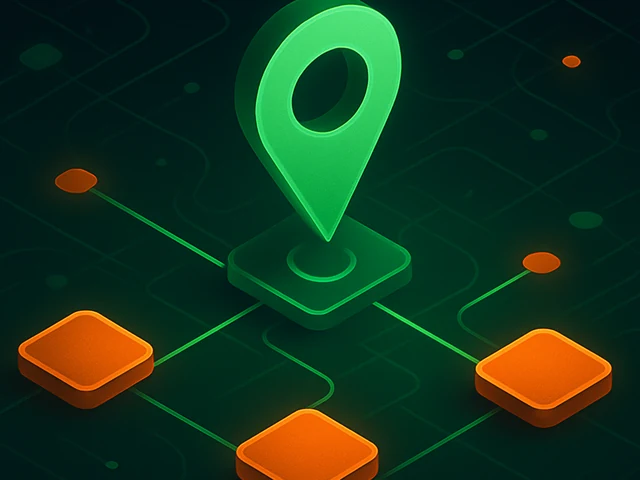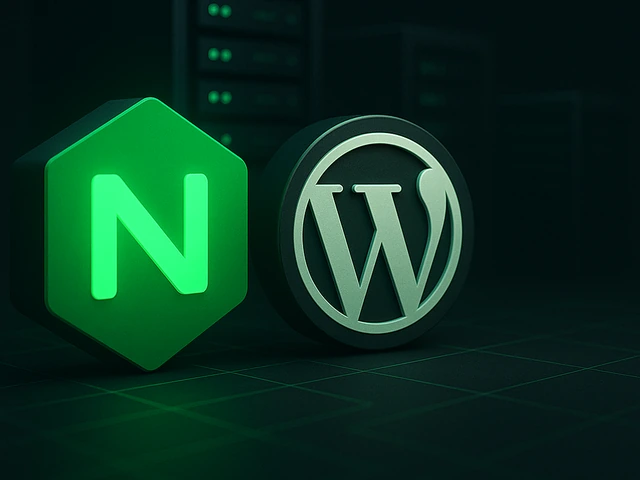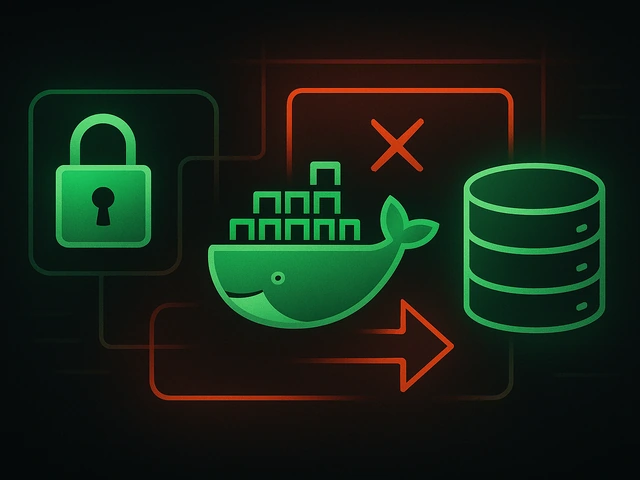
In the previous article, we considered several of the most popular operating systems that are usually chosen for installation on VPS servers. And today we want ...
3v-Hosting Blog
6 min read
If you've used ChatGPT for any serious task — scripting automation, refactoring code, summarizing logs, or just asking it to explain why your Docker container won't shut up — you've probably hit a limit. If your session abruptly cut off mid-reply or you got a vague "too many requests" error, we've got you covered. We will now examine the nature of these limits, the reasons for their existence, and their potential impact on real-world use.
OpenAI doesn't publish hard numbers in real-time, but yes — there is a ChatGPT limit per hour depending on your plan. For example, free-tier users might get 20–25 messages per 3 hours, while ChatGPT Plus subscribers get a lot more. However, they still run into hourly or per-minute rate limits if they go overboard.
The actual limit of messages per hour is not exposed through an API call or a quota dashboard. You just find out when you hit it — usually at the worst possible time, like right after you paste in a 300-line bash script and hit "enter."
If you're using the API, you can expect more predictability. OpenAI enforces rate limits per model, per user, and per organization, with quotas in requests per minute (RPM) and tokens per minute (TPM). These are configurable upon request for paid plans, but there's always a ceiling unless you're on an enterprise contract.
The hard ChatGPT prompt limit depends on the model you're using. GPT-4 (the 32K variant) has a total context length of around 32,000 tokens. This includes both your prompt and the model's response.
Don't expect to shove an entire Linux man page, your nginx config, and a dump of journalctl logs into a single message and get a sane reply. You will likely hit the ChatGPT prompt size limit and get cut off midway with a generic "token limit exceeded" error.
Here's a quick example. This payload:
{
"model": "gpt-4-32k",
"messages": [
{"role": "user", "content": "Here’s my Docker Compose file... <+20k characters>"}
]
}
...might work fine until you hit that ~32K token ceiling, which translates to about 24,000–25,000 words total (depending on structure). If you're building tooling around ChatGPT, it’s a good idea to tokenize your input using OpenAI’s tiktoken library first.
It is important to note that every word generated by GPT burns tokens. If your prompt is already pushing the limit, the model has less room to respond. This is why sometimes ChatGPT cuts itself off mid-sentence — not because it's buggy, but because the reply hit the ceiling.
Use the max_tokens parameter in the API to limit how much it's allowed to say back. If you're running a CLI tool that uses ChatGPT, add logic to chunk large prompts or summarize logs before feeding them in. Yes, summarizing before summarizing is the new normal.
If you're running a self-service internal tool that uses ChatGPT, such as a documentation assistant, code explainer, or internal chatbot, be aware that OpenAI sets limits on ChatGPT use across multiple dimensions: IP address, API key, user account, and organization ID.
You can't "game" these by rotating keys or IPs unless you're okay with violating OpenAI's terms. They monitor usage patterns that look suspicious, especially if you're proxying requests for multiple people through a single endpoint.
Remember that the web UI and API are rate-limited separately. The web interface may stop working, but that doesn't mean your API key is rate-limited — and vice versa.
Good question. The short answer is clear: this is how we prevent abuse and keep latency sane for everyone. Picture a scenario where every frontend developer on the planet is pasting full React applications into the chat window 100 times per hour. The backend would melt.
The limits also help OpenAI manage cost. Every token generated costs real money in GPU time. We live in the cloud, but someone's still paying the bill. Setting a ChatGPT limit is how OpenAI keeps their infrastructure from exploding.
If you're a power user — or running something like a DevOps assistant that uses ChatGPT behind the scenes — here are some things I’ve seen or done:
- Use a token counter before sending any request. Helps avoid cutoffs.
- Chunk large documents into 2–4K token blocks. Use a summarizer pass first.
- Cache frequent prompts and responses locally, especially for static docs.
- Avoid sending the full chat history every time if you're not using memory.
- Back off on retries. Hitting a 429 error? Wait 30–60 seconds, don’t hammer.
Also, yes, there are ChatGPT prompt word limits and soft constraints even below the max token count — like performance drop-offs when the input gets too noisy. Less is often more.
ChatGPT's limits are not just technical quirks — they're fundamental to the way the system runs. Understand the boundaries. This will help you avoid frustration, whether you're writing a wrapper script, building an internal chatbot, or just using it to figure out why ufw suddenly blocked your API gateway.
Treat ChatGPT like a tool with real constraints, not a magic oracle. Respect its token budget, don't spam requests, and don't expect it to rewrite your entire codebase in one go. It's smart, but not unlimited.
And don't even think about feeding it your whole Kubernetes cluster config—that'll still end badly.

Learn how IP addresses work: IPv4 vs IPv6, public and private IPs, DNS resolution, routing, security basics, and how IPs are used in real server and cloud infra...

Accelerating WordPress at the Nginx level: correct PHP-FPM settings, try_files, static files, caching, Brotli, wp-login protection, and secure headers for stabl...

Effective backup strategies for Docker applications: how to protect volumes, data, and configurations while avoiding common mistakes, and quickly restore servic...